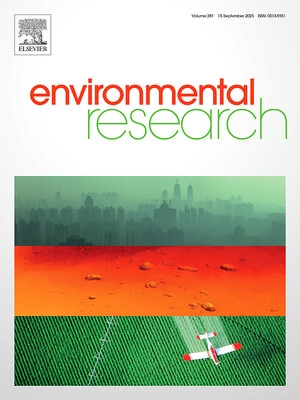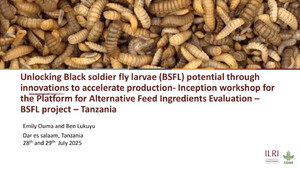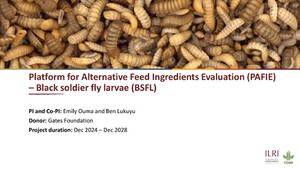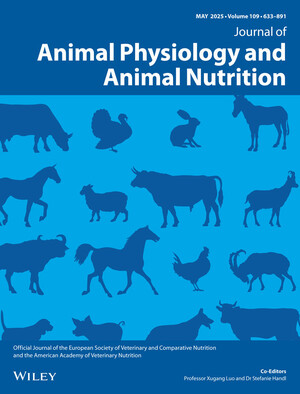
Nutrient composition of pastures in Kayunga District, Uganda: A preliminary investigation with implications for seasonal supplementation in grazing Ruminants
Abstract
Proximate nutrient composition (crude protein, non-fiber carbohydrates, crude fiber, and ash), fiber fractions (neutral detergent fiber (NDF), acid detergent fiber (ADF), lignin), and both macro (calcium (Ca), phosphorus (P), magnesium (Mg), potassium (K), sodium (Na), and sulfur (S)) and trace (copper (Cu), iron (Fe), manganese (Mn), molybdenum (Mo), and zinc (Zn)) mineral profiles were quantified in mixed pasture samples collected during the wet (n = 8) and dry (n = 15) seasons in north central Uganda. Metabolizable and Net Energy values for dairy production were estimated based on standard calculations, and samples were compared seasonally. Crude fat (p = 0.05) and lignin (p = 0.01) values were lower in the dry compared with the wet season, linked with reduced plant growth. Crude protein (13.0% of dry matter (DM)), fiber fractions, and calculated energy content did not vary seasonally in this data set, and reflected chemical components of a grass-dominated system that appeared energetically limiting for production livestock. Mineral constituents varied more dramatically by season, with Ca, Mg, Cu, and Mn lower (all < 0.05) and K higher in the dry season. Sodium was deficient in these pastures, whereas Ca, P, Mg, S, Cu, and Zn concentrations may have been only marginally sufficient, particularly to meet needs for lactation, dependent on season. These limited data suggest that a high-energy mineral supplement may prove beneficial in meeting nutritional and production needs of multiple grazing ruminant species in this region, particularly during dry seasons.
Citation
Dierenfeld, E.S., Lukuyu, B. and Nyagaka, D. 2014. Nutrient composition of pastures in Kayunga District, Uganda: A preliminary investigation with implications for seasonal supplementation in grazing Ruminants. American Journal of Plant Sciences 5(7):985-989.










